Posted on 04th July 2025 by Media Relations
544 tiny mountain locals – aka Northern Corroboree Frogs - released to the wild
In a major boost for Australian conservation, 544 critically endangered Northern Corroboree Frogs have been released into Brindabella National Park—the largest-ever release in the NSW national park.
One of Australia’s most endangered species, Corroboree Frogs are an integral part of Australia’s subalpine ecosystem. Weighing a minute 2-3g and about the size of a paper clip, their presence in their niche sub-alpine ranges supports a healthy and resilient environment, making them vital to the biodiversity of these fragile habitats.
Bred at Taronga Zoo Sydney, the frogs were released in partnership with the NSW Government’s Saving Our Species program and the NSW National Parks and Wildlife Service, as part of long-term conservation efforts to bolster the dwindling wild population – now estimated at fewer than 1,200 mature individuals.
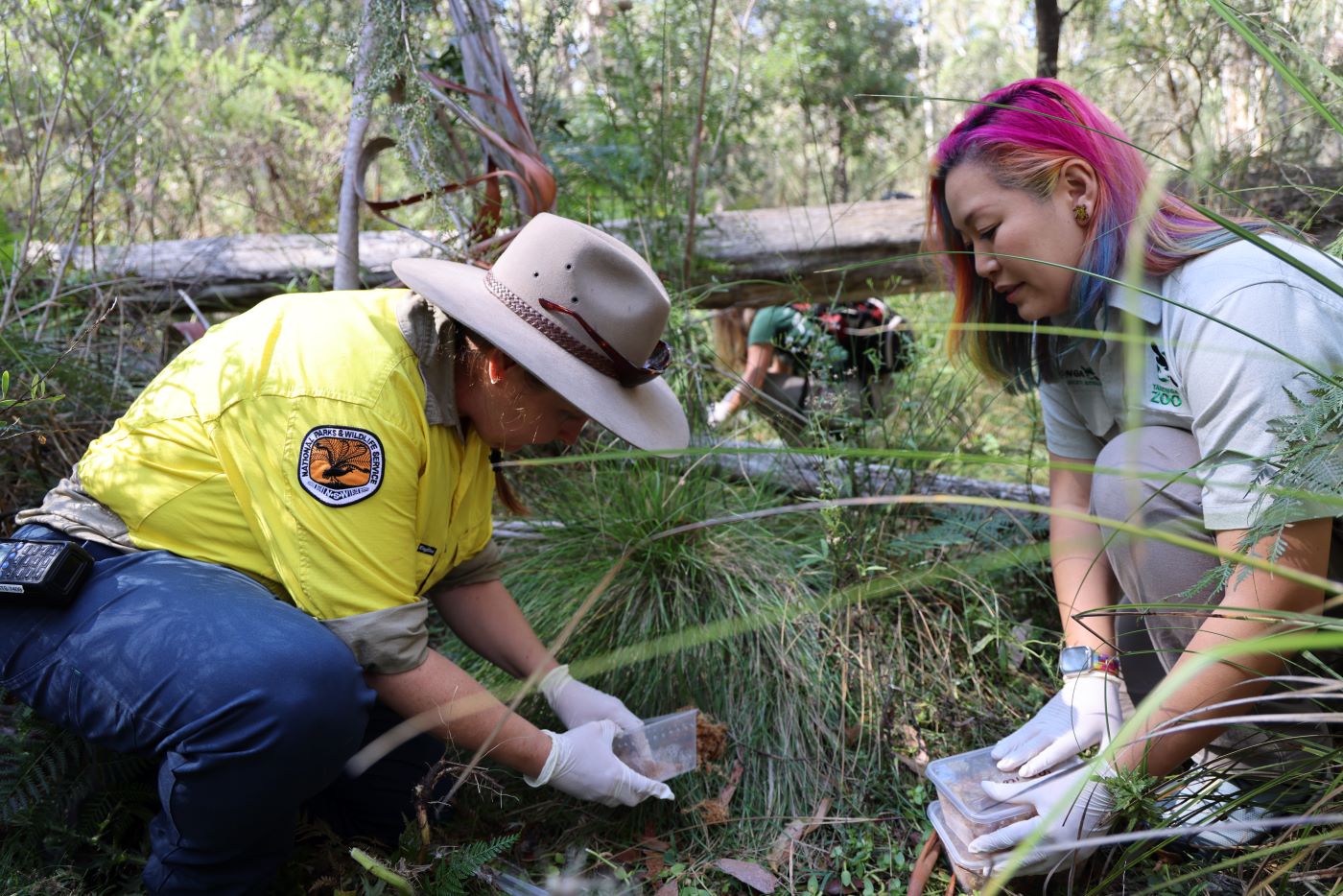
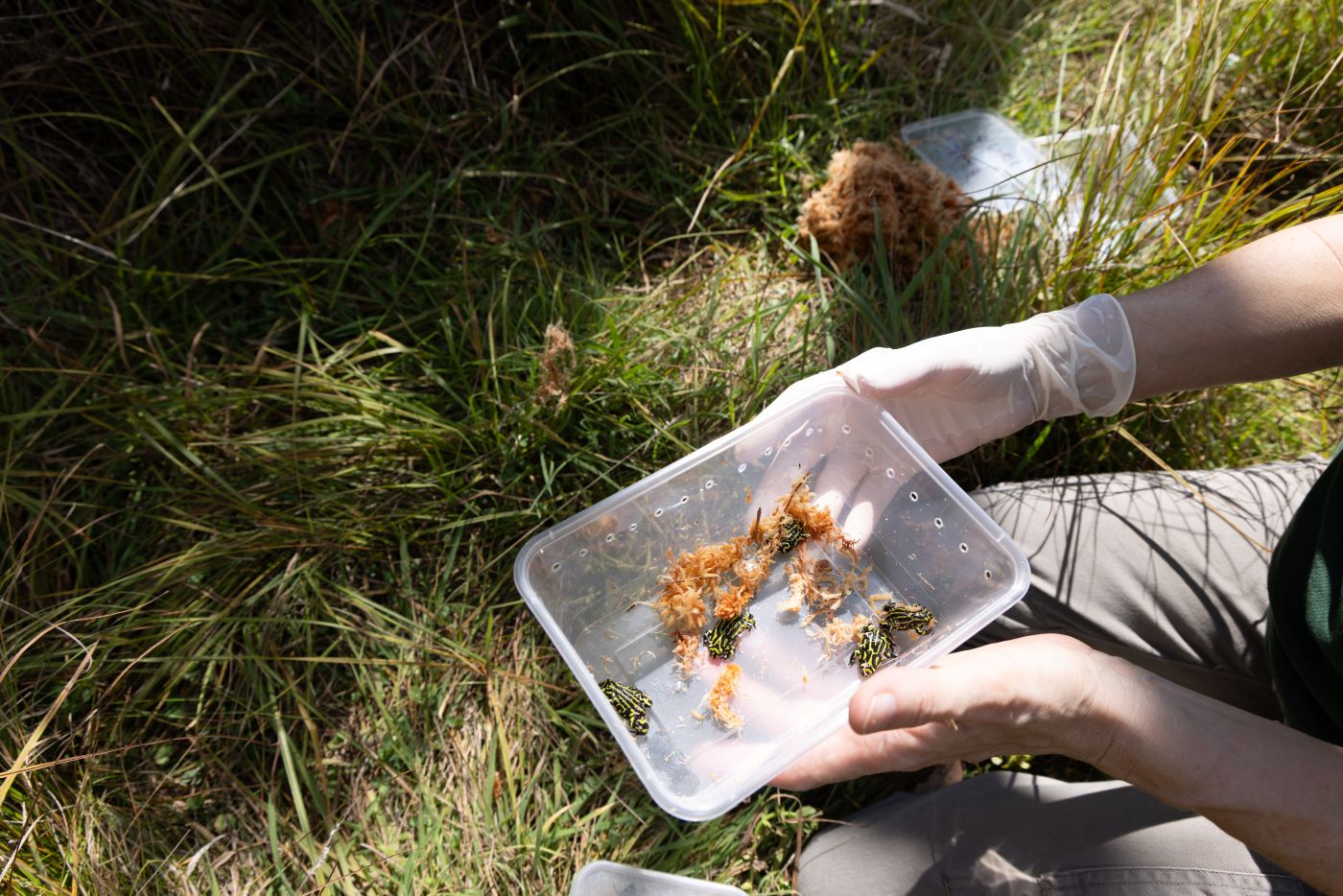
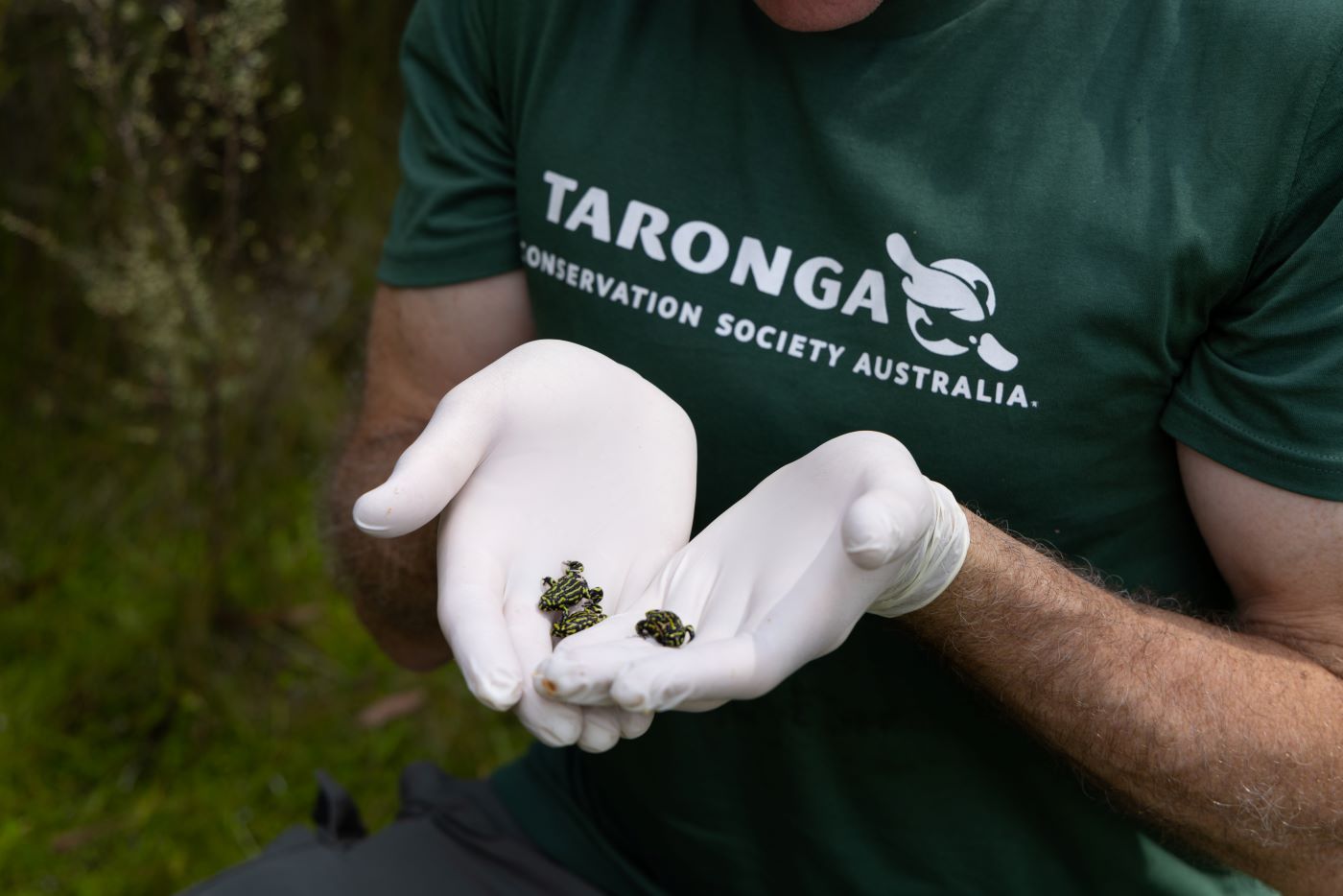
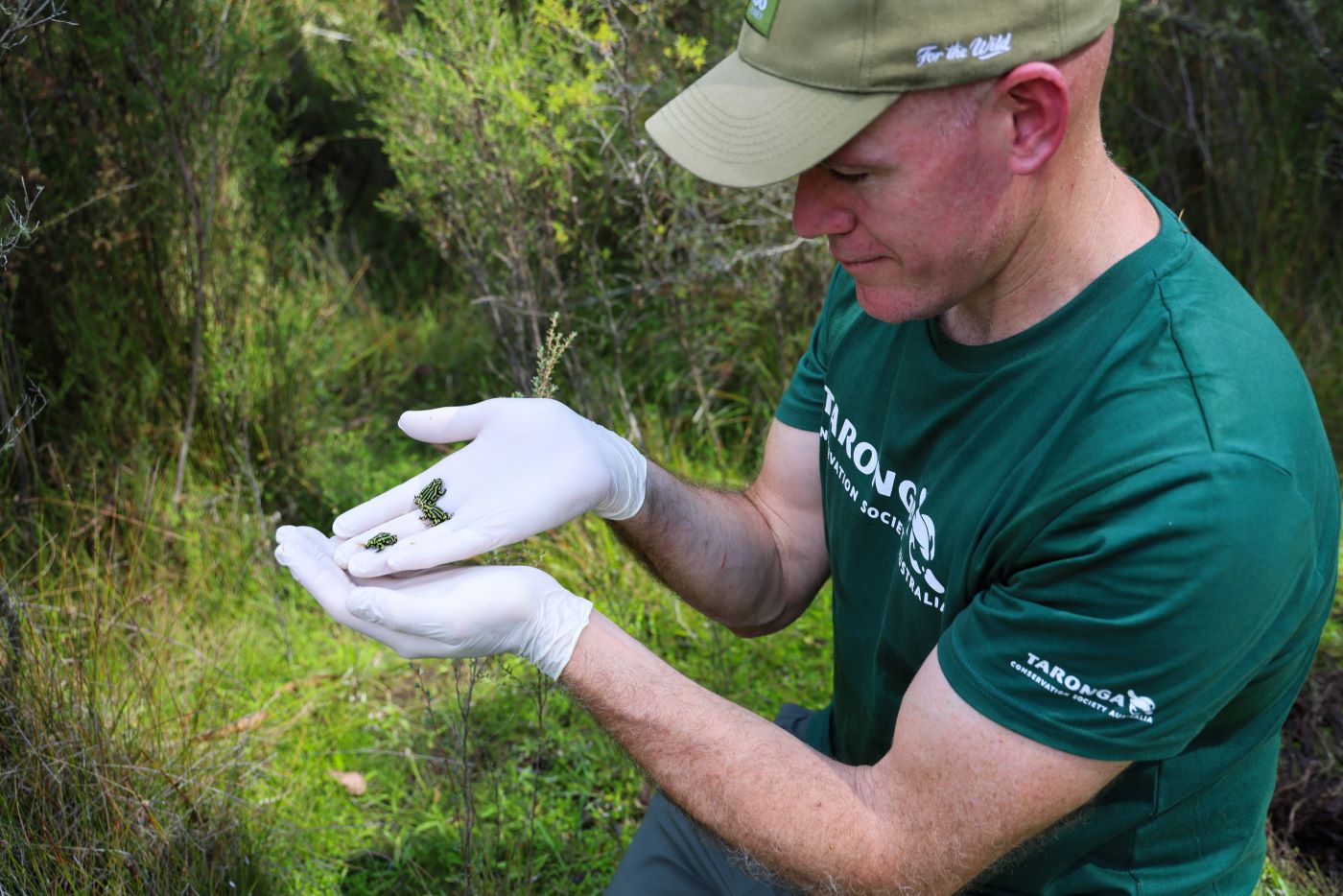
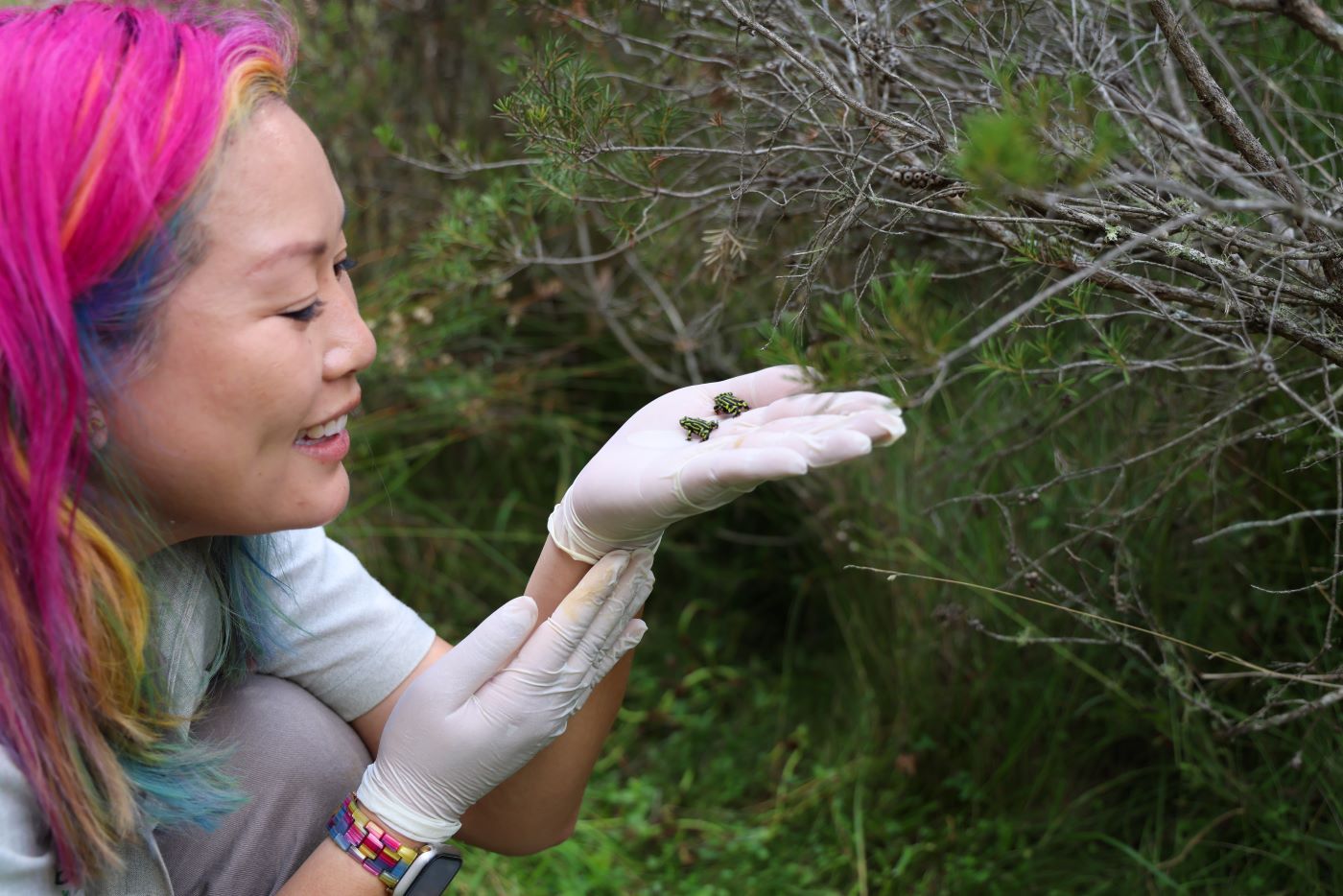
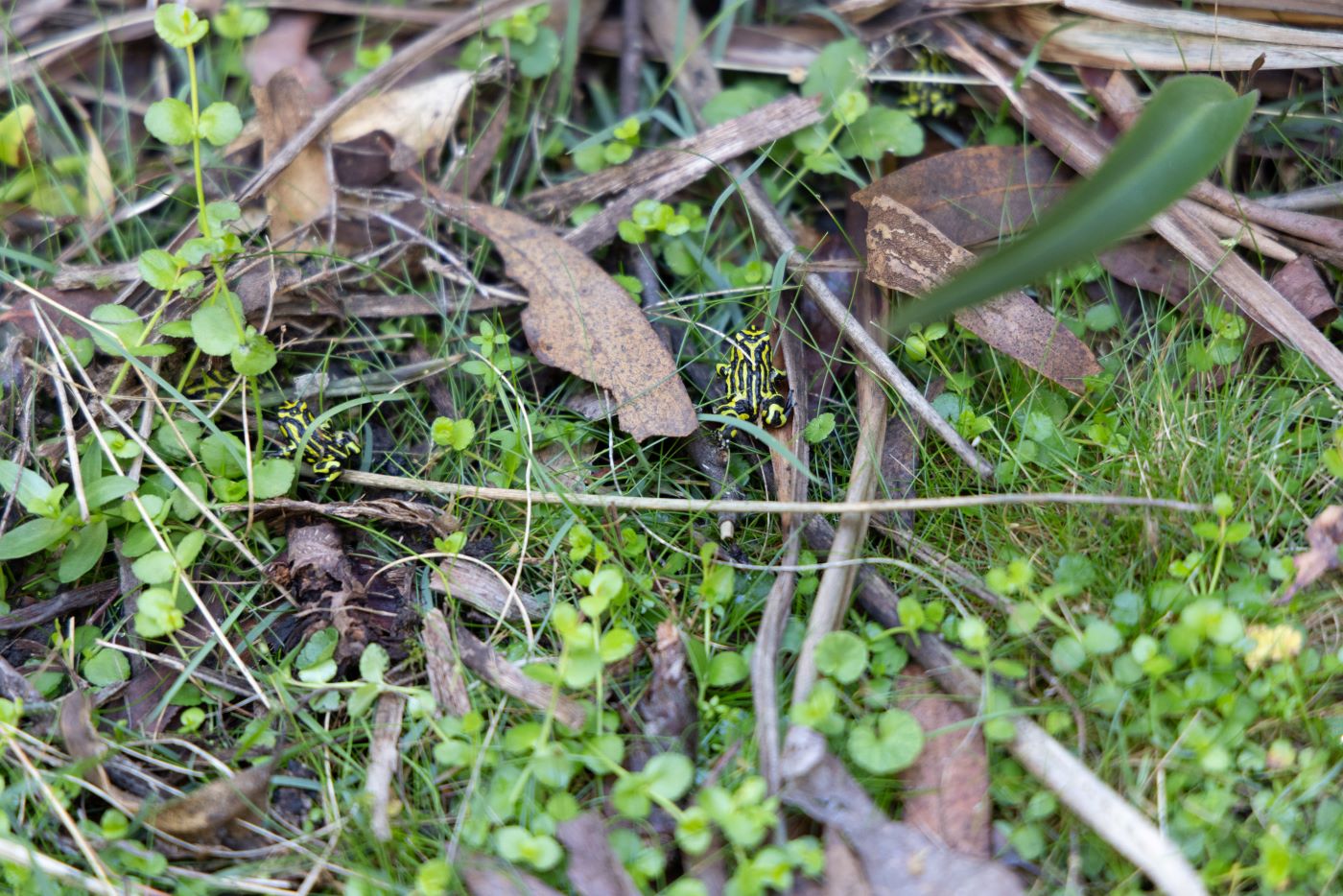
“This is the largest frog release within this population to date. The 544 frogs aged four months to one year will dramatically bolster the wild population of this critically endangered species,” said Michael McFadden, Wildlife Conservation Officer at Taronga Conservation Society Australia.
Northern Corroboree Frogs, known for their bold black and yellow stripes, are found only within the Brindabella and Fiery Ranges in NSW and the ACT at between 750 – 1800 metres above sea level. Their survival is threatened by chytrid fungus, invasive species (such as pigs and deer), as well as catastrophic climate events, including the Black Summer bushfires which impacted most of the species’ habitat in the Fiery Ranges.
‘The Northern Corroboree Frog is one of Australia’s best-known frog species and is culturally significant to the Traditional Owners where it is found,” said Dave Hunter, Senior Threatened Species Officer with the Saving Our Species (SoS) Program.
There is no reason to let it go extinct. We have the capacity to maintain critically endangered frogs in the wild, while research continues into a solution for amphibian chytrid fungus.”
Encouragingly, some frogs released in past years have been heard calling in the wild, showing that zoo-bred frogs can survive, mature, and contribute to future generations.
Co-ordinated by NSW Government’s Saving our Species program, and in collaboration with National Parks and Wildlife Services and Taronga Conservation Society Australia, the conservation breeding program has released thousands of eggs and hundreds of frogs to the wild, with more planned for the survival for this endemic Australian amphibian.